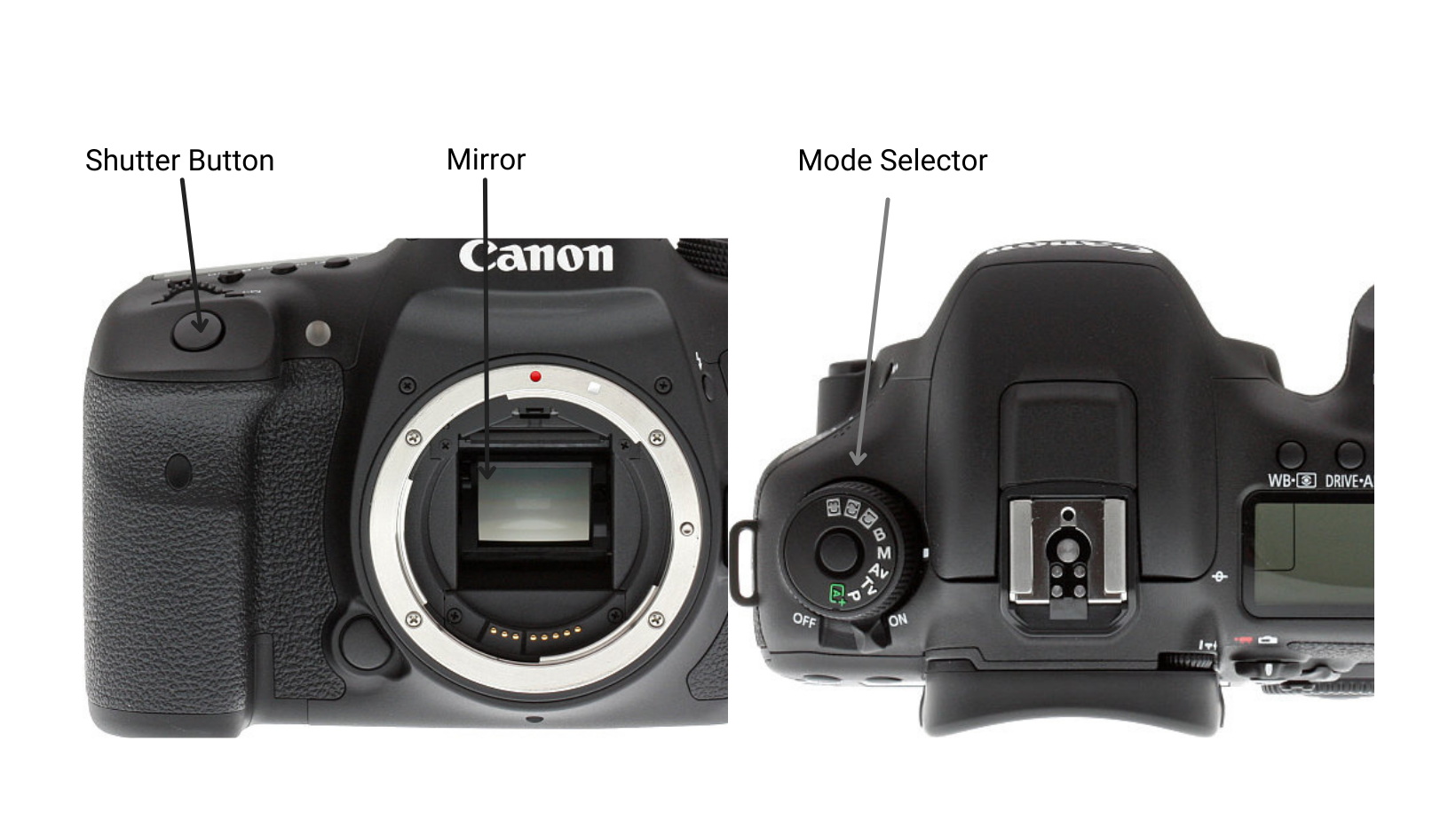Camera Settings 102: Selecting Shutter Speed
What is Shutter Speed in Photography
Shutter speed is the length of time the image sensor in your camera is exposed to light. This exposure is controlled by how long the shutter (the curtain-like mechanism in front of the image sensor) remains open. Pressing the shutter button triggers the “curtain” to raise and a mirror to flip up; this allows light to pass through the camera and hit the image sensor. The process for a mirrorless camera does not include the mirror, but still relies on light hitting the image sensor controlled by the shutter speed.
How to Adjust Shutter Speed
Adjusting your shutter speed can be accomplished in several ways, and most digital cameras have a similar setup. A faster shutter speed creates a shorter exposure for the image sensor, and lets in less light. Slower shutter speeds allow for longer exposure times, and allow in more light.
Auto Mode:
The camera will automatically meter the scene and determine the best shutter speed to maintain the exposure.
Shutter Priority Mode:
This allows you to manually adjust the shutter speed, while the camera automatically calculates the appropriate aperture and ISO.
Manual Mode:
Allows for full control over all camera settings. The camera will NOT adjust for any environmental or lighting change.
How Shutter Speed is Measured
Shutter speed is measured in fractions of a second; when less than one second in length. For example, if you have selected a shutter speed of ⅛ , then your shutter speed is one-eighth of a second. Most DSLR (and mirrorless) cameras can shoot at shutter speeds as fast as 1/4000 sec, and as slow as 30 seconds. Some cameras are capable of much faster/quicker shutter speeds (and your lens plays a factor in this). Slower/longer shutter speeds can be achieved while using a remote switch and holding down the button.
Pro-Tip: Using bulb mode allows you to manually press & hold the shutter button (or remote shutter switch) to achieve a longer shutter speed; allowing the image sensor’s exposure time to be prolonged.
Helpful: Some camera manufacturers do not include the numerator in the shutter speed, so 1/125 sec would just be 125 sec and 10 seconds would be 10” sec.
How Does Shutter Speed Affect the Photo
Shutter speed will affect the outcome of your photo depending on how fast, or slow, you have it set. By choosing a faster shutter speed you’re able to freeze any in-frame action, like droplets of water bouncing off of an umbrella. A slower/longer shutter speed will create the feeling of motion within your image, like a silky river or waterfall. It is important to determine the look you’re trying to achieve for your photo in order to decide the proper shutter speed.
(above images shot using a tripod)
Fast Shutter Speed = 1/1000 sec and up = Freeze Action - wildlife, sports, raindrops.
Mid Shutter Speed = 1/10 sec - 1/1000 sec = General Purpose - urban, lifestyle, landscape.
Slow Shutter Speed = 1 sec or longer = Show Motion - night photography, more light, waterfall.
Pro-Tip: When shooting handheld (without a tripod); your shutter speed should be double your focal length. For example; if you are shooting at 50mm, then your shutter speed should be at least 1/100 sec - or the next fastest. (50 x 2 = 100)
So What Shutter Speed Should You Use
This will depend a lot on environmental factors, as well as the style of photo you’re going for. You will also need to take in account your subject, and whether you’re shooting with a tripod or going handheld. I personally shoot in Aperture Priority mode most of the time, and AP mode automatically selects the best shutter speed for the scene. I recommend taking photos of the same scene and adjusting your shutter speed to see the effects it has, and to capture a different style of photography. The greatest way to figure it out, is to simply take more photos and play with the settings (be sure to use a tripod in order to eliminate any camera vibration).


